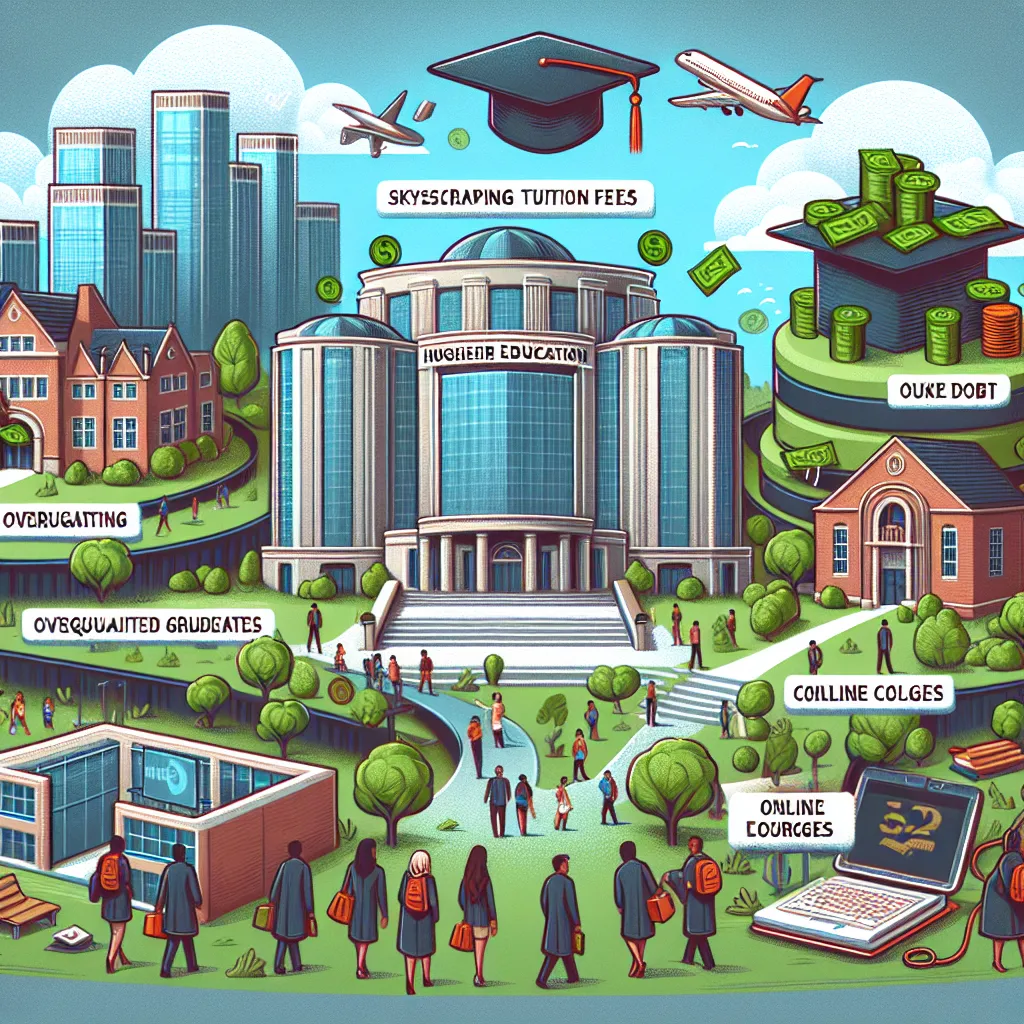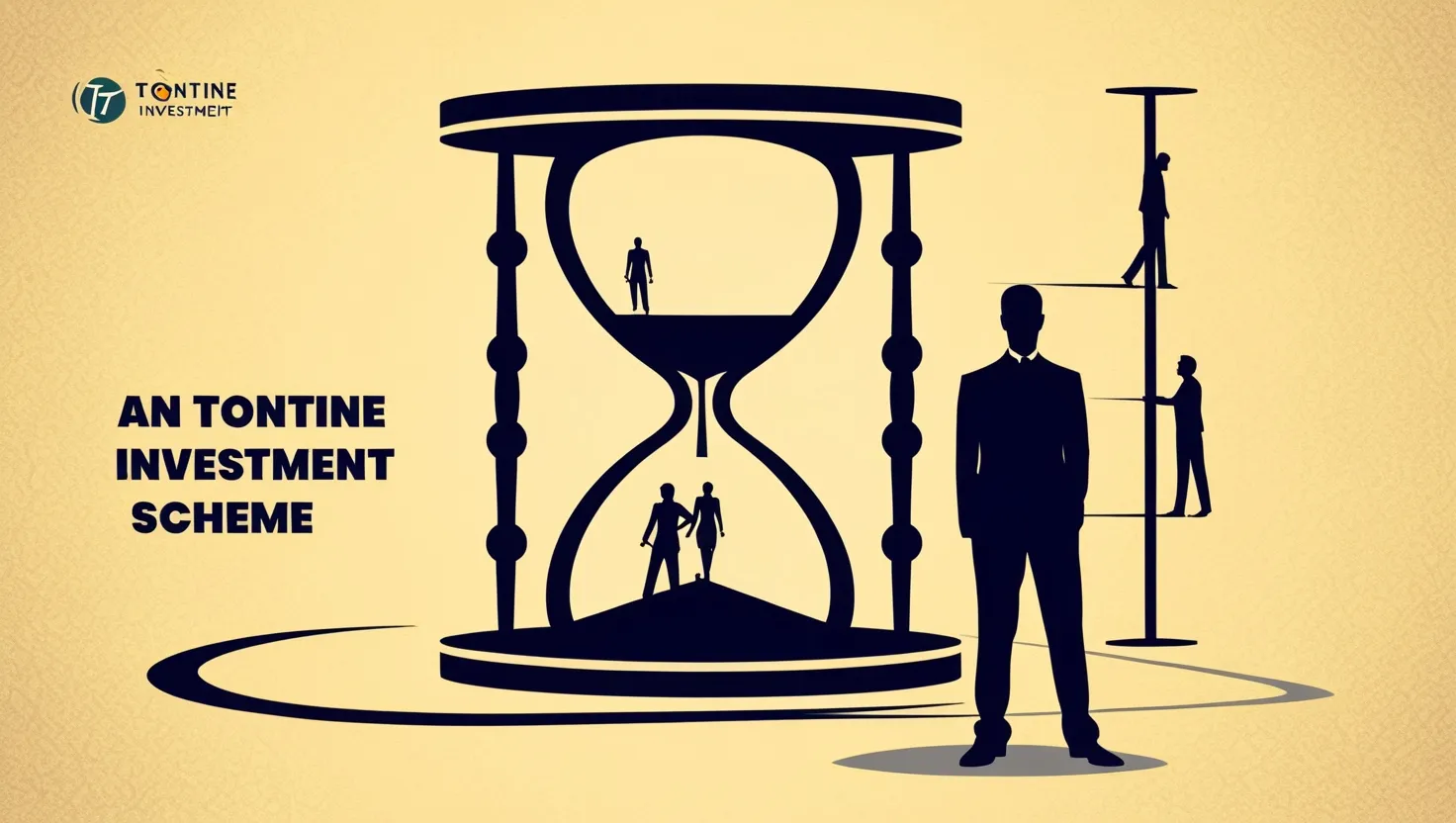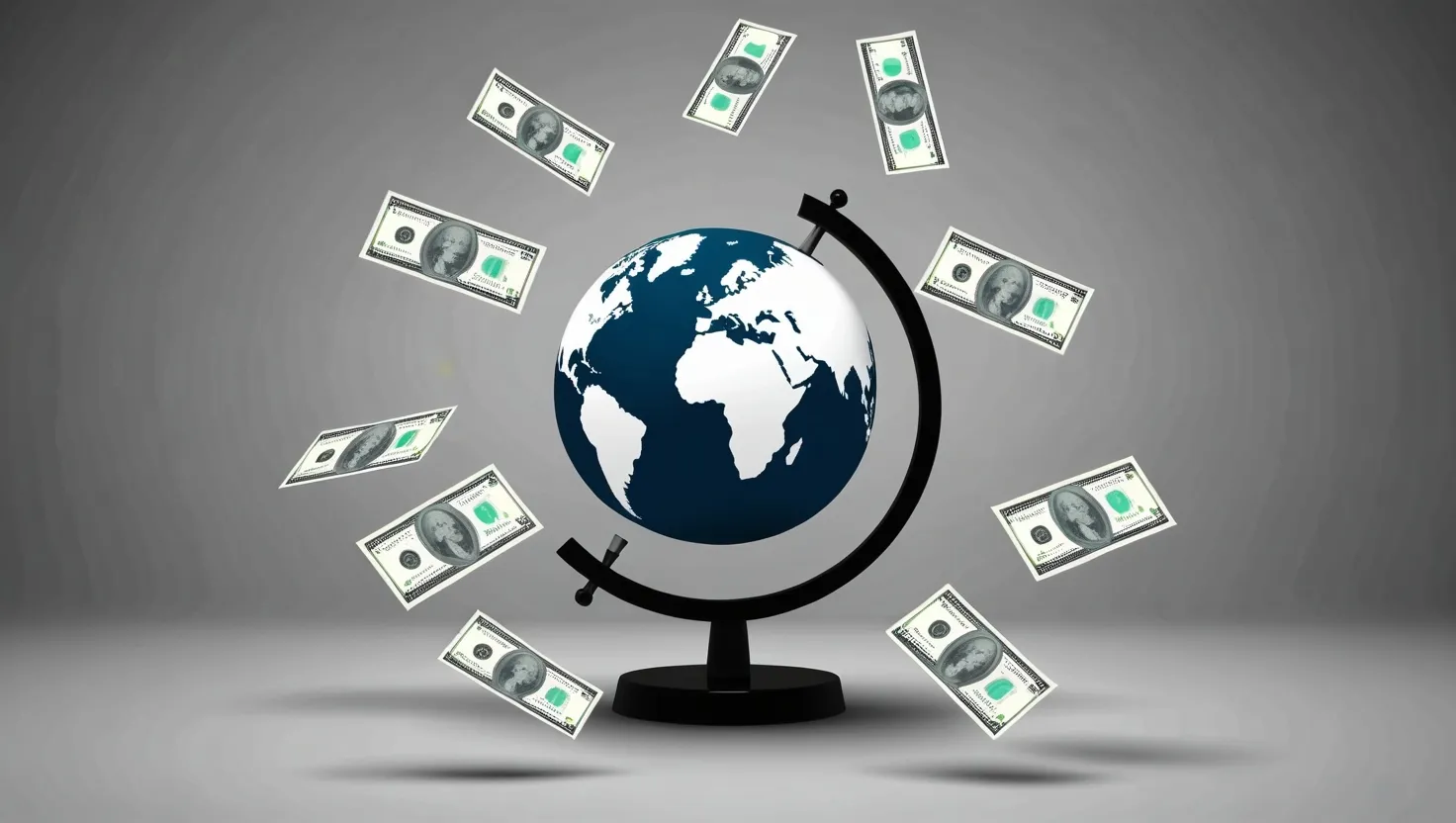World War I: The Costliest Conflict in History
World War I, one of the largest and most deadly wars ever, saw about 70 million people participate. This war wasn’t just brutal in terms of human lives lost; it was also massively costly, with a price tag of roughly $6 trillion in today’s money. What makes this even more mind-boggling is how countries around the world exhausted their manpower, both on the battlefield and in supporting industries during the war.
Now, many people might think that World War I was this sudden thing that kicked off because an Austrian Archduke named Ferdinand got assassinated in 1914. While that event did trigger the Great War, the reality is that tensions between the major European powers had been simmering for a long time. These big players were itching for a fight and had formed secret alliances and treaties, waiting for the right moment to break out the big guns.
What made this even more dramatic were the alliances that divided the world. On one side, you had the Allied Powers, which included countries like Great Britain, Serbia, France, and Russia. Japan, Italy, and the United States later joined this squad. Against them were the Central Powers, featuring Germany, Austria-Hungary, and the Ottoman Empire, with Bulgaria joining in later.
At the war’s outset, everyone kind of thought it would be this short-lived thing. This belief turned out to be a massive mistake, especially in terms of finances. No one planned for a long war, so they initially tried to fund it the usual way—by taking on massive amounts of debt.
Countries like Britain and France tried to get people to buy war bonds by offering attractive yields. But that didn’t really work out as they hoped. Ordinary folks, especially the middle class, were pretty much indifferent to the war. It was the wealthy individuals and businesses, already raking in profits, who bought most of these bonds.
Meanwhile, the Central Powers had a slightly different strategy. They took loans from their central banks, essentially printing money. This wasn’t a smart move, to say the least. The Ottoman Empire’s situation is a prime example. They were already in financial trouble before the war, heavily in debt and unable to raise enough revenue. So what did they do? They slashed public employees’ salaries and deferred debts until after the war. And here’s the kicker: most of their debt was owed to France and Britain, countries they were at war with. Instead of canceling this debt, the Ottoman Empire actually planned to ask for more loans after the war. Talk about a messed-up situation.
Now, let’s dig deeper into how these countries tried to keep the war machine running financially. Simple fundraising methods weren’t enough, so they turned to taxes. Advanced countries expanded the income tax bracket to cover more citizens and jacked up corporate tax rates. Germany, which was also pretty advanced economically, added new taxes too but still had to rely on loans, which led to massive inflation. In Germany, the decentralized government couldn’t tap into the wealth of its middle class as effectively as Britain, France, or the US could. Austria-Hungary didn’t fare any better, barely collecting any taxes for the war effort. And the Ottomans? They were just surviving on loans from other equally cash-strapped Central Powers.
In Britain, traditional free-market doctrines went out the window. The British government started directly intervening in industries crucial to the war effort, even taking control of private finance sectors and making it illegal for private investors to buy new securities. Germany, on the other hand, turned to exploiting conquered territories, forcefully integrating the resources and people of occupied areas like Belgium, France, Russia, and later Romania into their war effort. These were bleak times, with both sides under immense pressure—Britain and Germany most of all.
But across the Atlantic in the USA, the situation was different. The war in Europe turned out to be a financial windfall for America. Gold was pouring into the country as European nations bought supplies and weapons. American weapons manufacturers saw their stock prices soar. As the war went on, American banks started extending loans to the Allied Powers. By the time the US officially joined the war on April 6, 1917, it had already surpassed Great Britain as the world’s premier banker. Of course, the US government saw the war as an opportunity to raise taxes on its citizens—it kind of became their go-to move.
When the dust settled, the financial strain on the warring nations was mind-boggling. The cost to the Allies was around $125 billion, and for the Central Powers, it was $61 billion. Adjusted for today’s money, that’s almost $6 trillion. After the war ended, the economic devastation was severe, and nations faced massive debts. Germany, blamed primarily for the war, was expected to pay reparations to the Allies. But Germany was already drowning in debt and couldn’t pay. That’s when the US stepped in, extending loans to Germany to help with these reparations. Fast forward a few more years, and the US economy began to weaken, massively impacting Germany’s financial situation. With two major powers struggling, the world began to slide into the Great Depression.
World War I pushed nations to their limits, testing their ability to mobilize resources and manpower on an unprecedented scale. The aftermath was a world battered by conflict, burdened with debt, and teetering on the brink of another economic disaster, setting the stage for the turbulent decade that followed.
Understanding the financial chaos behind World War I shows how fragile and interconnected global economies can be, and serves as a reminder of the high costs of global conflict.






